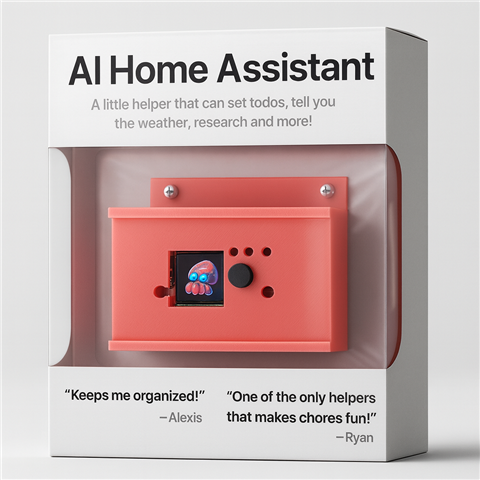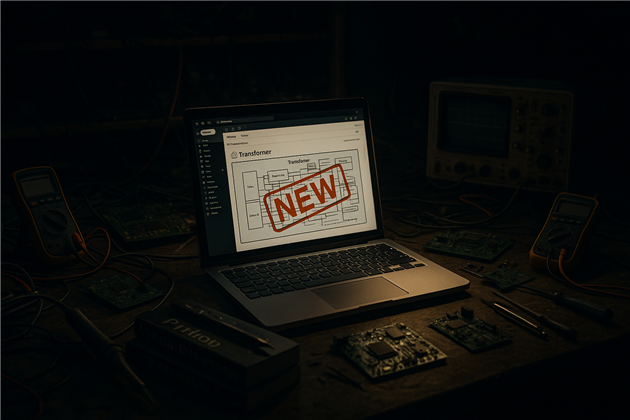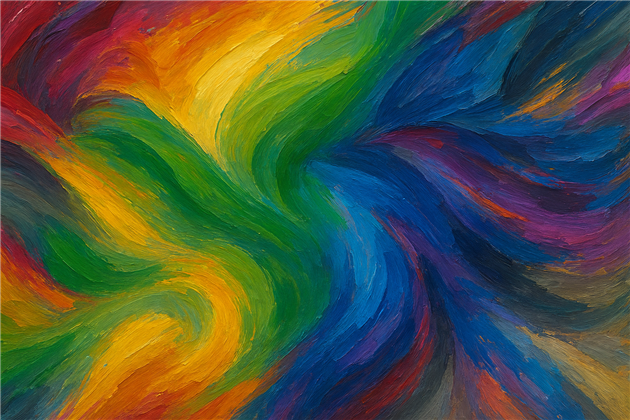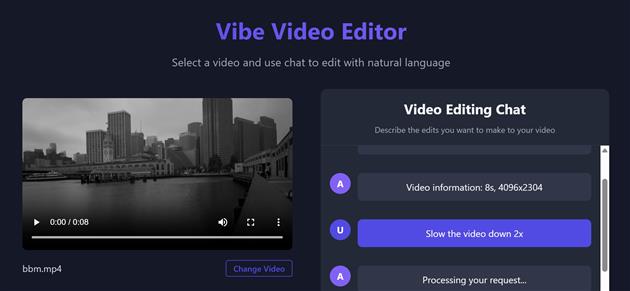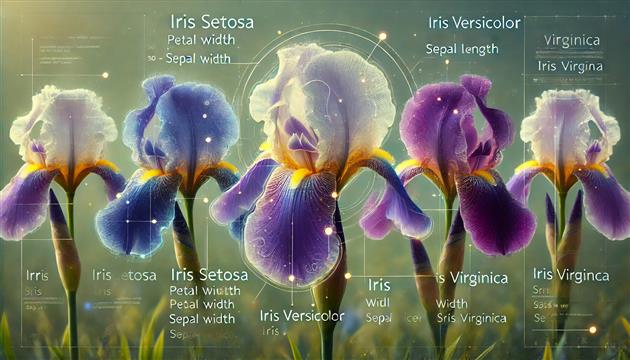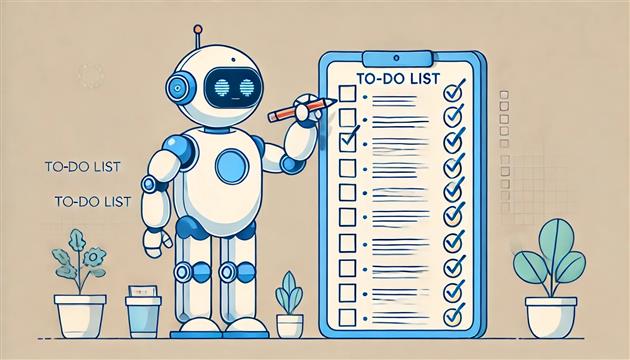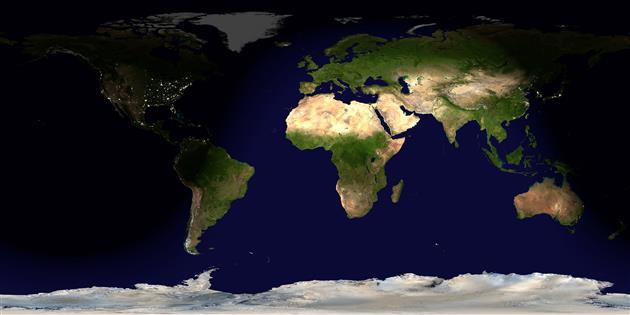Aurora, the Raspberry Pi Smart Assistant
Aurora is an open source smart assistant designed for the Raspberry Pi and functional on Windows, Mac and anything else that can run Python.
Aurora uses the OpenAI realtime API, and is pretty similar to the advanced voice mode in ChatGPT. The idea is a replacement for Amazon Alexa and Google Home that anyone can build and extend.
I have had this running for nearly a year. It was functional but the code was a mess. OpenAI just promoted their realtime API from beta, and that prompted me to refactor the project and get it into shape for a public release.
While Amazon is slowly rolling out an LLM version of Alexa, I'm not buying another device that just wants to show me ads. I also don't want an assistant that has been engineered to minimize costs. Aurora is an exercise in what is possible using the best models available combined with helpful tools.
The project has a plug-in architecture for tool support, so you can pick and choose what makes sense. This first release supports timers, Perplexity Sonar, Todoist and a kid conflict resolution system that in my house is known as 'cheese night'. I'll be adding more tools over time, and the architecture makes it easy to contribute (please do!).
When I first designed Aurora I used an Adafruit BrainCraft HAT which has a small display and some nice LEDs. This combined with a Raspberry Pi 4 and a couple of speakers makes for a compact assistant. The project contains interface code for this specific setup, and also a generic version that will run anywhere. As with tool support the interface can be extended to support other devices.
Check out Aurora on GitHub, contribute if you come up with a cool tool or UI, and please send me a photo if you build an assistant.
Updated 2025-09-13 21:56:
Added support for the Bay Area 511 API to provide arrival times. You configure an agency and stop ID and then can ask 'when is the next L' and get arrival times. This is really useful for me. There is a new tool calling image state for the Raspberry Pi version and times are now poems based on the timer name.
Updated 2025-09-21 19:44:
Recipe support added. Ask Aurora to cook with you and she will guide you step by step through a recipe.
LIFX light bulbs are also now supported. Add names and IDs to settings and then Aurora can switch lights on and off.
Also added OpenSCAD and STL files for 3D printing a case for the BrainCraft version.
Related Posts
- Adding AI to Todoist with Google Apps Script and OpenAI
- Vibe Coding a Vibe Video Editor
- Rob 2.0
- Rob's Basilisk
- Echo Show Me The Door
(Published to the Fediverse as: Aurora, the Raspberry Pi Smart Assistant #code #ai #openai #aurora #raspberrypi #python #perplexity #todoist Aurora is a python smart home assistant using the OpenAI realtime API, available on GitHub. )
